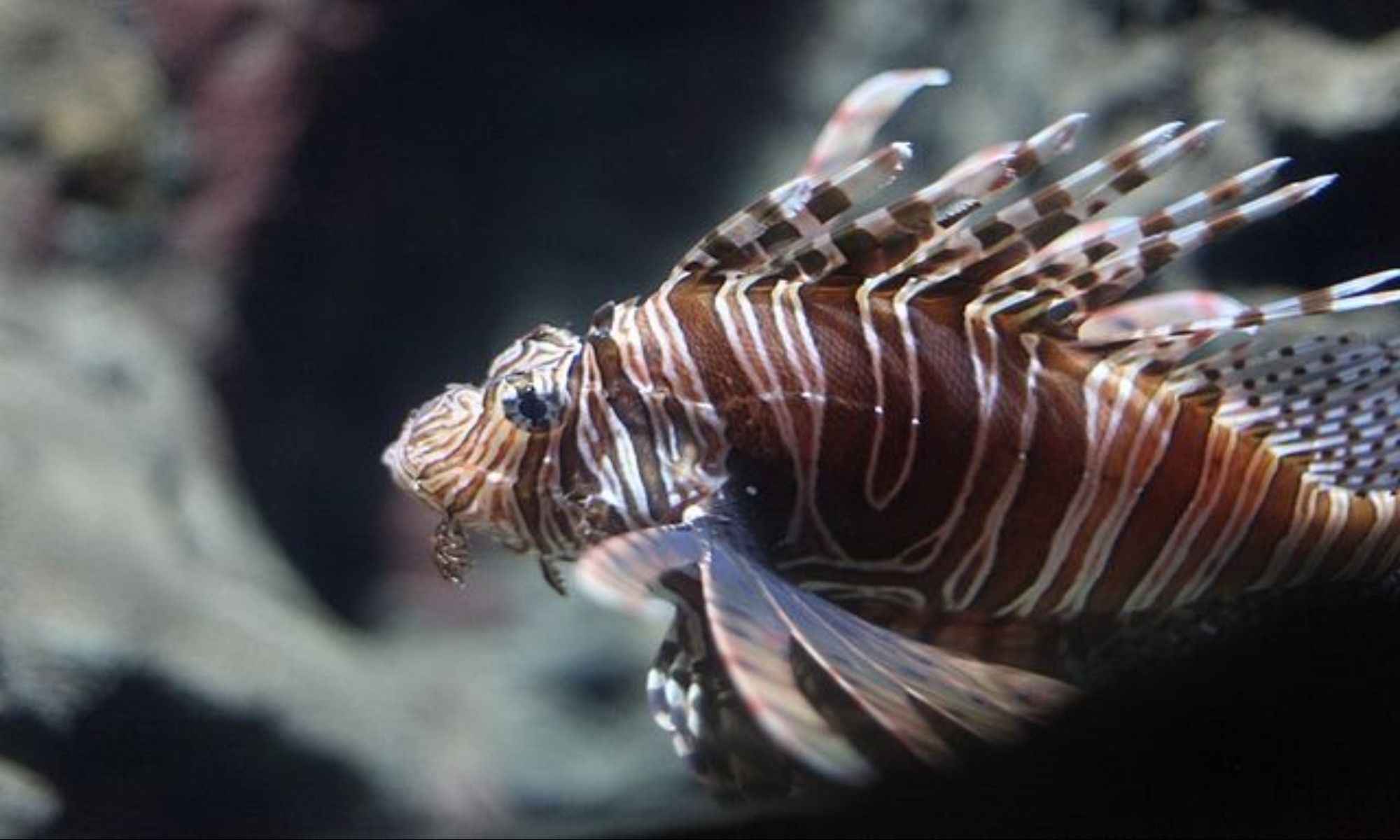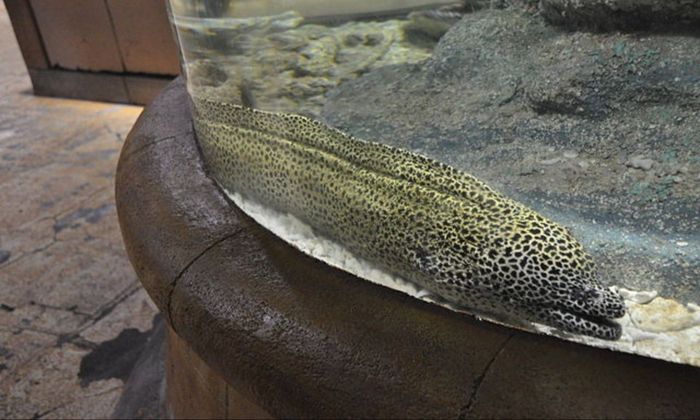Most Dangerous Fish That You Should Know
Curious about the most dangerous fish in the world? Find out more by reading this list.

Whenever you go on fishing tours, do you ever think about how much we still don’t know about underwater creatures? Night fishing in Florida can be fun and productive, but what if you accidentally hooked a poisonous fish and didn’t know it was deadly? As of now, humans know of over 30,000 fish species, so it’s only fair that some can be dangerous.
This post will discuss the most dangerous fish you should know and what makes them so hazardous. As anglers, we should all be stewards of the environment. Part of our responsibility is to expand our knowledge on the different types of fish out there, whether or not they’re a good catch.
Pufferfish
Pufferfish, also known as blowfish, are considered the most poisonous fish in the world. About 90 to 120 pufferfish species in the family Tetraodontidae are easily distinguished for their inflating ability. They are typically found in the sea in warm and temperate regions but don’t be surprised to find them when you go on freshwater fishing trips. Their poison, tetrodotoxin, is concentrated in their internal organs and is considered to be more than a thousand times deadlier than cyanide. Despite this, pufferfish is still a delicacy in Japan. Known there as fugu, it’s only prepared and served by highly trained and licensed chefs. If not properly prepared, its poison can cause paralysis and death.

Lionfish
Lionfish are flashy creatures with venomous dorsal, anal, and pelvic spines. The most well-known image we have of this fish species is the red lionfish which have red, brown, and white stripes and are South Pacific native. Being stung with its venomous spines can elicit several effects that are not always fatal but excruciatingly painful. The most severe cases involve cardiovascular collapse. Lionfish have been designated invasive species in the Eastern Seaboard of the United States, in the Gulf of Mexico, and in the Caribbean Sea after wiping out nearly all of the reef fish in the regions. Don’t be surprised to find one of these on your deep-sea fishing trips in Daytona Beach.
Stonefish
Stonefish have surpassed lionfish as the sea's most venomous fish. They are often found in tropical waters. They’re pretty hard to spot as they are sluggish and can be indistinguishable from stones in mudflats and estuaries. When stepped on, they release venom through the spikes on their backs. There are antidotes to this venom, but they have to be administered quickly to avoid paralysis or death.
Electric Eel
The electric eel is not an actual eel but is related to the characin fish species like piranha and neon tetras. This South American fish produces electric shock to stun and catch its prey. Its electric charge is contained in its tail area and can be as powerful as 300–650 volts. Besides using their electric charge to capture prey, electric eel also use their electric organs to navigate and communicate with other electric eels.
Moray Eel

Often mistaken for a snake, the moray eel have swift reflexes and sharp and strong teeth. They can use both to attack their prey. They can act against humans, too, when they feel perturbed by their presence. Their bites are dangerous as they have a toxin in their mouths that can destroy red blood cells. They are typically found in the sea but can sometimes be seen in freshwater.
Boxfish
Like the moray eel, boxfish have a toxin that destroys red blood cells. They release this toxin, ostracitoxin, through their skin as a defense mechanism. When released, it can be harmful to the entire surrounding area. They’re poisonous to eat when uncooked, but they’re generally left out of the menu because they can be quite as deadly as the pufferfish.
Goliath Tigerfish
Goliath tigerfish are African freshwater fish that are known to attack humans. For this reason, they’ve been called the African piranha. Their most dangerous feature? Their teeth. Described as “daggerlike,” each Goliath tigerfish tooth is an inch long. Other tigerfish species are known to be excellent game fish in Africa, but their sharp spines can cause wounds if you don’t handle them properly.

Oceanic Whitetip Shark
Most people often see the great white shark as the most dangerous shark species because of popular culture and the number of recorded attacks on humans. However, the oceanic whitetip shark takes the cake based on the number of people killed. They are often known to attack and kill people on shipwrecks and plane wrecks. The most infamous report of an oceanic whitetip shark attack is the USS Indianapolis incident during World War II. Over 800 stranded crewmen survived the sinking of the ship, but after four days of awaiting rescue, only 316 remained. Oceanic whitetips reportedly killed about 150 people.
Enjoy a Safe Fishing Trip by Booking Fishing Charters
Fishing, like any other outdoor activity, has its dangers, whether or not you encounter any of the dangerous fish on this list. The best way to guarantee your safety out in the water is by booking a fishing charter on your trip. If you’re in Florida, Reel Adventures in Jacksonville or Best Coast Fishing Charters in Sarasota are two excellent charters you can book for trophy fishing and even shark encounters. Fishing on the Pacific Coast? Get the services of The Bend Company Fly Fishing Guide Service in Napa, California, or Cornelison Fishing in Oregon. Find a charter specializing in your technique or target and book ahead of time to guarantee your slot.




